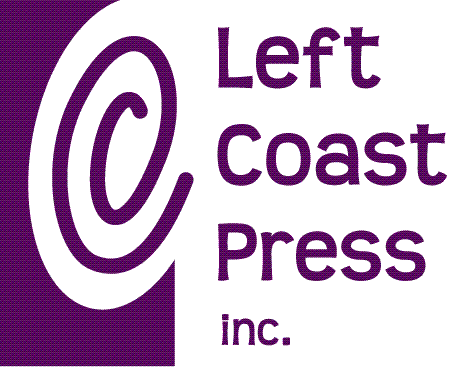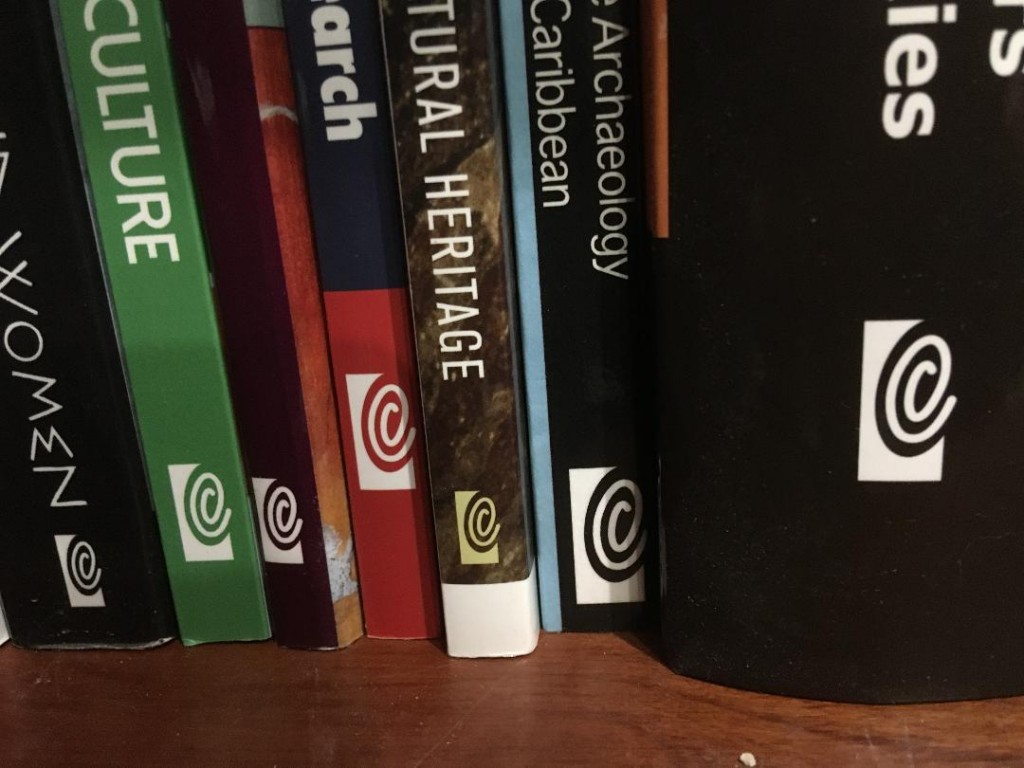
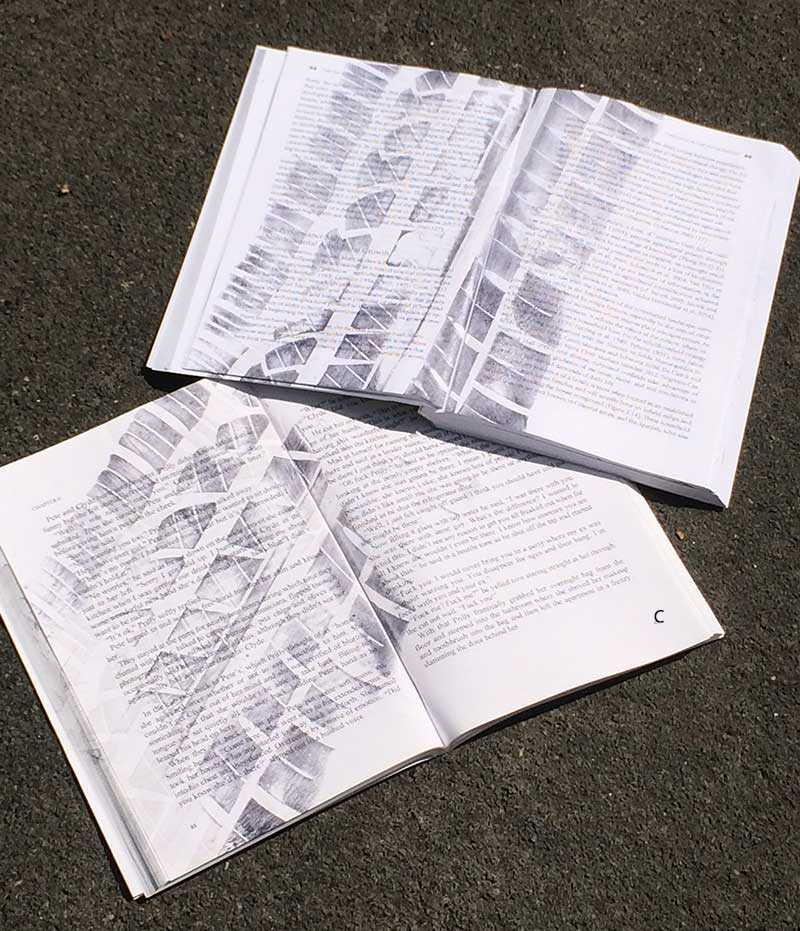

Mitch’s Blog
Startup Secrets
Saturday, October 27, 2018
“What I hadn’t anticipated was how hard it was to start a publishing company.”
No, those weren’t my words, but those penned recently by Richard Charkin. Charkin should know a bit about publishing, just retired as CEO of Bloomsbury (think Harry Potter books) after a trail of other high profile publishing positions in companies with names like Macmillan, Oxford, and Reed Elsevier. His article about the struggles of leaving the publishing industrial complex to start a small, boutique press called Mensch Publishing was of great interest. After all, I had done the same thing. Twice.
While he never consulted Scholarly Roadside Service for advice, I thought about some of the advice I might have given him had he called me up, stuff that typical publishing consultants might not include in their powerpoints with sales projections and returns on investment. Everyone who has started a small press has lived through these. So, Richard, if you’re listening, here are a few suggestions for when you start your second one.
- A is for alphabet
My background in Near Eastern languages came in pretty helpful here, as alpha, aleph, alp, and other similar letters in ancient languages are also the first in the sequence. And the complex modern world in trying to establish order tends to do things alphabetically. 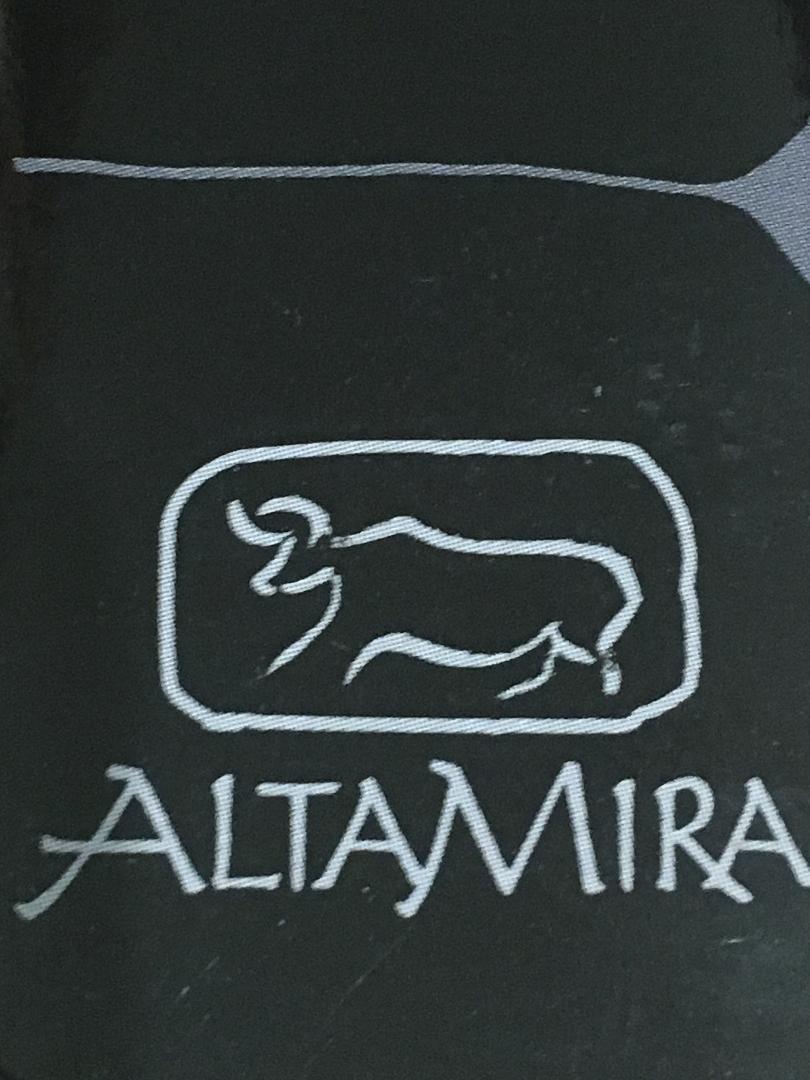 So, when AltaMira Press was launched in 1997, we found ourselves in the enviable position of always being the first of any directory of publishers, like those exhibitors listed in scholarly conference programs. Our name was always the first one seen by those browsing, even if they were looking for Elsevier, Routledge, or the unfortunately-named Zed. Fortunately, no scholarly publisher wannabe was a fan of aardvarks. The one Aardvark Press is located in South Africa and publishes popular, rather than scholarly, books. Most scholarly publishers are attached to a university, were labeled University of XXX Press, and therefore relegated to the U’s. Akron University could have spoiled our advantage, but they chose University of Akron Press as their official name. Sucks for them.
So, when AltaMira Press was launched in 1997, we found ourselves in the enviable position of always being the first of any directory of publishers, like those exhibitors listed in scholarly conference programs. Our name was always the first one seen by those browsing, even if they were looking for Elsevier, Routledge, or the unfortunately-named Zed. Fortunately, no scholarly publisher wannabe was a fan of aardvarks. The one Aardvark Press is located in South Africa and publishes popular, rather than scholarly, books. Most scholarly publishers are attached to a university, were labeled University of XXX Press, and therefore relegated to the U’s. Akron University could have spoiled our advantage, but they chose University of Akron Press as their official name. Sucks for them.
Allen Press would have served the same purpose and squeezed just ahead of AltaMira, but a printer in Iowa already had that name.
For the second press launched, I scoured dictionaries for other good A names, but couldn’t find the right one, so picked one that appealed for a variety of other reasons. Left Coast Press left us in the middle of the pack but had a memorable ring.
I’m not alone in noticing this. A recent article about citation counts points out that coauthorship in academic articles are often ordered alphabetically, privileging people named Allen over those named Zimmerman, though Larry is a far better archaeologist than I will ever be.
So, Richard, Mench Publishing has a good ring to it, but you’ll be on p 458 of the Frankfurt Book Fair directory and I, for one, won’t be reading page for page that far.
- What shape is a book?
I’ve published some pretty fat books. The Handbook of Autoethnography or Encyclopedia of Precolonial Africa could easily double as a doorstop and, in our Walnut Creek offices, they often did. Worked better than any of Arthur Asa’s Berger’s books, ones that we often had to stretch to get them to 120 pages. If you look at the shape of an average scholarly book, they’re rectangular and, if the publisher has his way, thin. So when you’re designing a  company logo, it needs to be vertical, not horizontal or square.
company logo, it needs to be vertical, not horizontal or square.
This was one of the tough lessons of AltaMira Press, which had a spectacular rendition of a prancing bull from AltaMira cave in Spain as its logo, designed by Laurie Prindle. But it was clearly horizontal and we struggled to squeeze it on smaller books. Shrink it? Turn it sideways so it runs off the bottom? We took this lesson to heart with Left Coast and asked Joanna Ebenstein to make sure the logo was vertical, so it would fit even the sparest of Arthur Berger’s literary efforts. She came through spectacularly.
Richard, your logo is horizontal. This may condemn you to a lifetime of publishing fat books or headaches on how to twist your juggling mensch to fit that inspirational book on The Power of Silence.
- It helps to have lots of friends
It takes a village to help a village idiot. I had accumulated enough friends over 20 years publishing at Sage to get out of the gate at AltaMira quickly. Brian Fagan, possibly the best selling archaeology author in the world, gave me a collection of his essays to launch AltaMira. Russ Bernard, who knew everyone in anthropology, immediately volunteered to start a series for me. One of the editors at Sage forwarded an orphaned proposal for Beverly Serrell’s book on exhibit labels that turned into AltaMira’s signature list of books on museum studies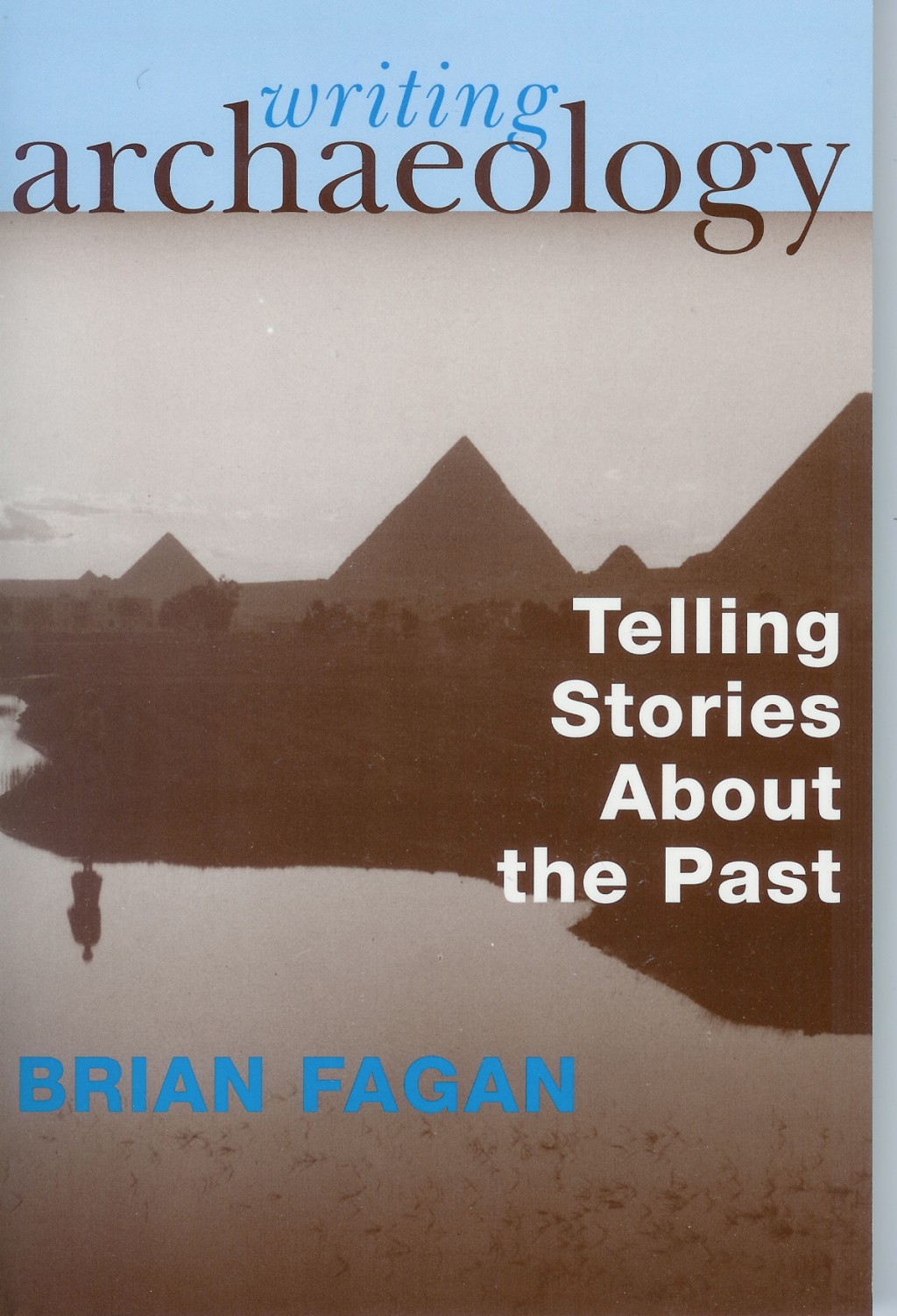 . Other Sage staff volunteered to squeeze our books into an overcrowded exhibit booth, design a needed book cover on a fast track, and send me useful mailing lists that they had uncovered. My first employee, the brilliant Amy Bevilacqua, was a neighbor waiting to go to grad school and is now Senior Vice President of a large private university.
. Other Sage staff volunteered to squeeze our books into an overcrowded exhibit booth, design a needed book cover on a fast track, and send me useful mailing lists that they had uncovered. My first employee, the brilliant Amy Bevilacqua, was a neighbor waiting to go to grad school and is now Senior Vice President of a large private university.
I had the same outpouring of help—and sympathy—with Left Coast. Brian wrote me a quick guide to writing in archaeology, David Whitley magically appeared with a brilliant textbook on rock art, and we had a set of books in press a few months after opening the doors. Christine Szuter at University of Arizona Press was brave enough to agree to distribute our list of books and freelancers who had worked for us at AltaMira were happy to resume work with Left Coast.
I’ve been cons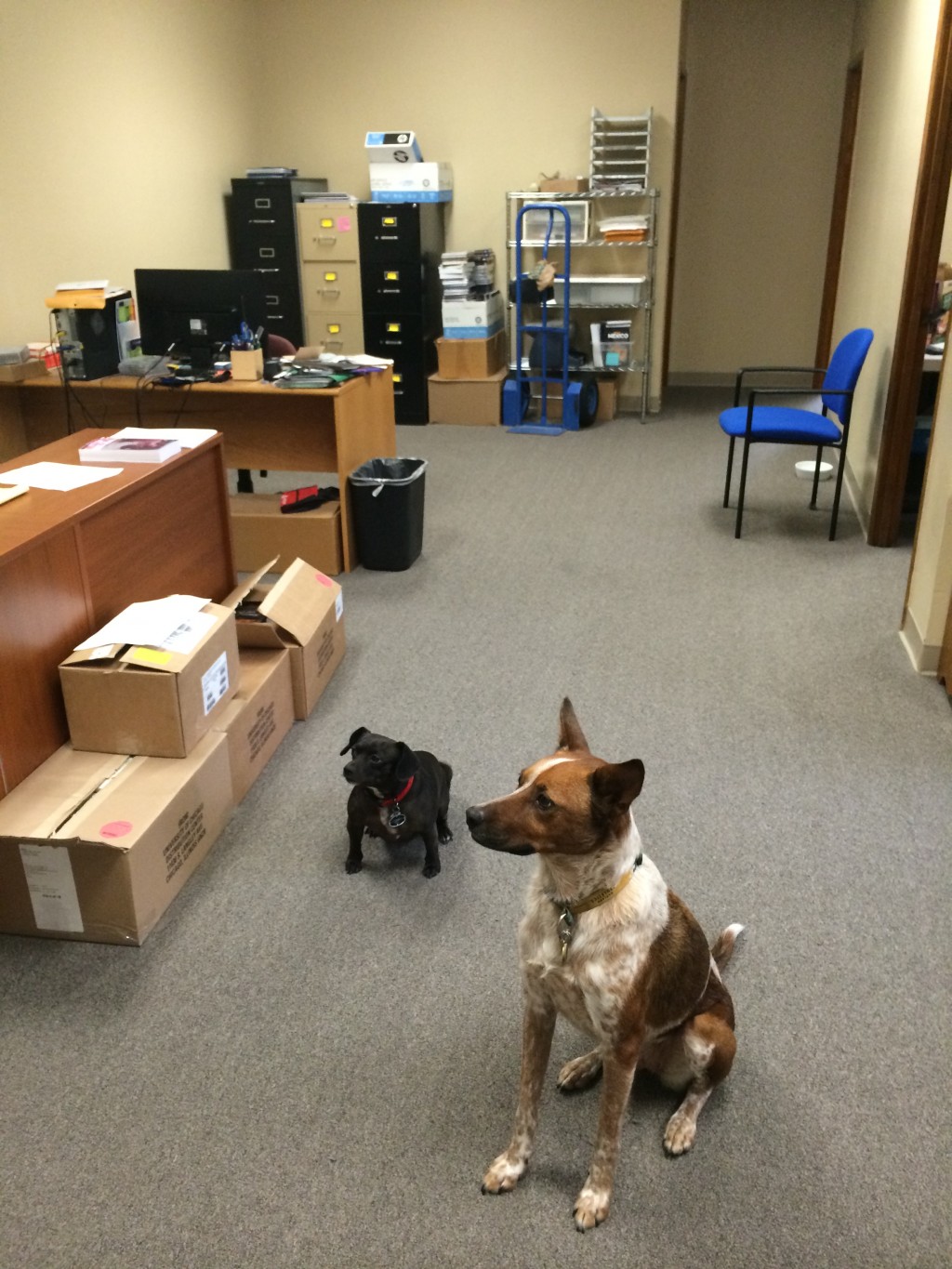
After decades in publishing, Richard Chaikin seems to have this part down well. All he is missing now is the minions who used to do his bidding whenever the word came down from the executive suite. I was able to enlist our Chief Canine Officer, Copa, to do occasional tasks for me like announcing visitors to the office and cleaning up kernels of popcorn I dropped on the floor, but she was often hampered by lack of an opposable thumb.
So, Richard, good luck to you in your new venture. If you need some other suggestions as you get started, our contact information is on the website.
(c) Scholarly Roadside Service. All rights reserved.
Back to Scholarly Roadkill Blog
Scholarly Roadside Service
ABOUT
Who We Are
What We Do
SERVICES
Help Getting Your Book Published
Help Getting Published in Journals
Help with Your Academic Writing
Help Scholarly Organizations Who Publish
Help Your Professional Development Through Workshops
Help Academic Organizations with Program Development
CLIENTS
List of Clients
What They Say About Us
RESOURCES
Online Help
Important Links
Fun Stuff About Academic Life

